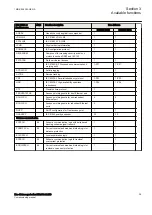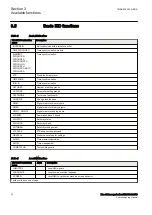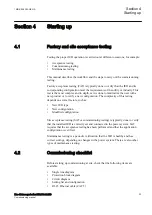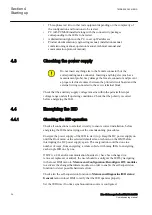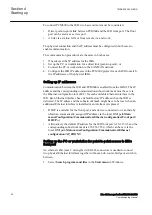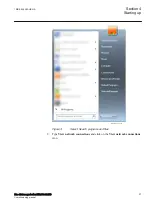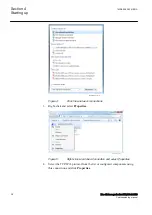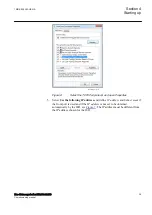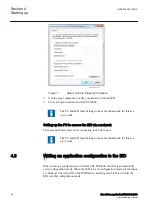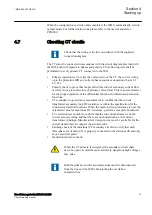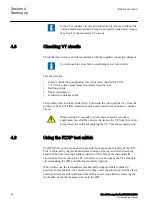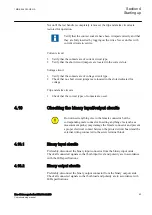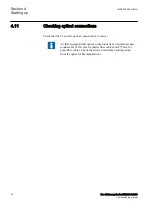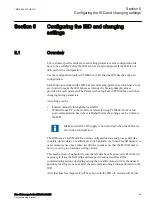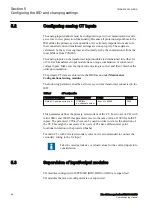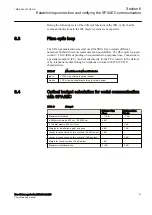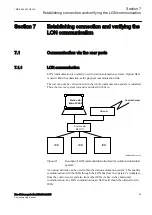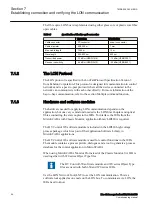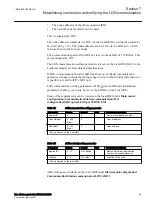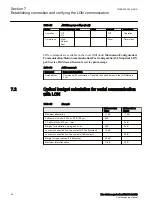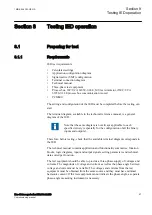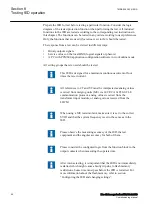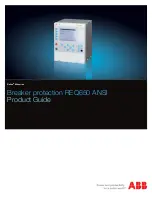
Not until the test handle is completely removed, the trip and alarm circuits are
restored for operation.
Verify that the contact sockets have been crimped correctly and that
they are fully inserted by tugging on the wires. Never do this with
current circuits in service.
Current circuit
1. Verify that the contacts are of current circuit type.
2. Verify that the short circuit jumpers are located in the correct slots.
Voltage circuit
1. Verify that the contacts are of voltage circuit type.
2. Check that no short circuit jumpers are located in the slots dedicated for
voltage.
Trip and alarm circuits
1. Check that the correct types of contacts are used.
4.10
Checking the binary input/output circuits
M11722-2 v4
Do not insert anything else to the female connector but the
corresponding male connector. Inserting anything else (such as a
measurement probe) may damage the female connector and prevent
a proper electrical contact between the printed circuit board and the
external wiring connected to the screw terminal block.
4.10.1
Binary input circuits
M11722-4 v3
Preferably, disconnect the binary input connector from the binary input cards.
Check all connected signals so that both input level and polarity are in accordance
with the IED specifications.
4.10.2
Binary output circuits
M11722-8 v3
Preferably, disconnect the binary output connector from the binary output cards.
Check all connected signals so that both load and polarity are in accordance with
IED specifications.
1MRK 506 383-UEN A
Section 4
Starting up
Line distance protection REL650 2.2 IEC
43
Commissioning manual
Summary of Contents for REL650 series
Page 1: ...RELION 650 SERIES Line distance protection REL650 Version 2 2 Commissioning manual...
Page 2: ......
Page 24: ...18...
Page 28: ...22...
Page 38: ...32...
Page 54: ...48...
Page 58: ...52...
Page 178: ...172...
Page 182: ...176...
Page 188: ...182...
Page 196: ...190...
Page 206: ...200...
Page 207: ...201...

